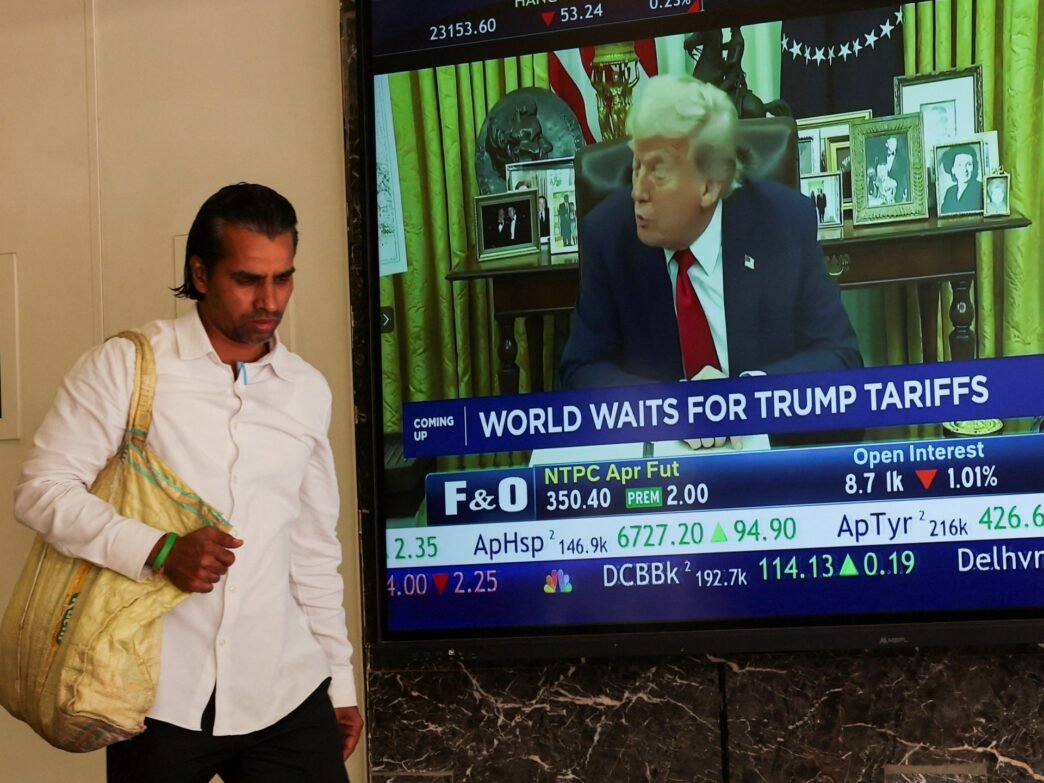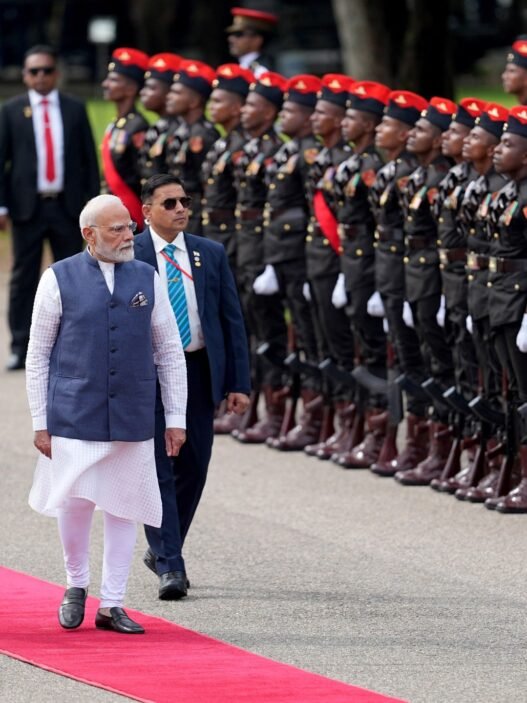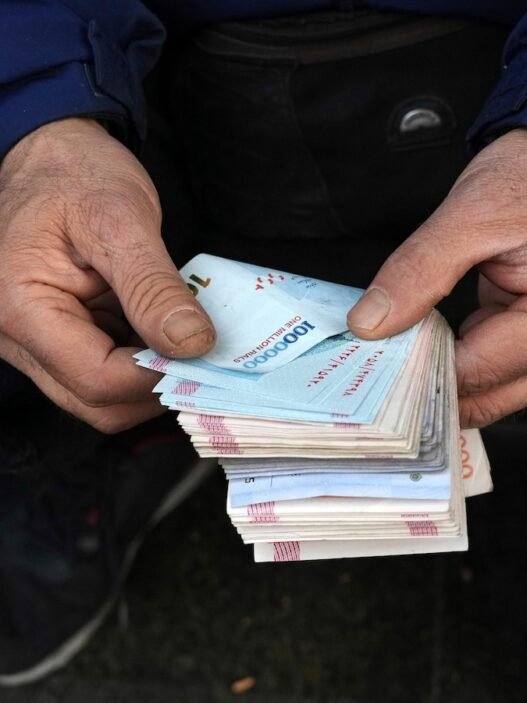US President Donald Trump’s widest-ranging tariffs to date have come into effect – a move that may trigger retaliation and escalate trade tensions, upsetting the global economy.
The initial 10 percent “baseline” tariff took effect at United States seaports, airports and customs warehouses at 12:01am ET (04:01am GMT) on Saturday, ushering in Trump’s full rejection of the post-World War II system of mutually agreed tariff rates.
Among countries first hit with the 10 percent tariff are Australia, Britain, Colombia, Argentina, Egypt and Saudi Arabia.
The trade gaps, said the White House, were driven by an “absence of reciprocity” in relationships and other policies like “exorbitant value-added taxes.”
A US Customs and Border Protection bulletin to shippers indicates no grace period for cargoes on the water at midnight on Saturday.
But a US Customs and Border Protection bulletin did provide a 51-day grace period for cargoes loaded onto vessels or planes and in transit to the US before 12:01am ET on Saturday. These cargoes need to arrive by 12:01 am ET (4:01am GMT) on May 27 to avoid the 10 percent duty.
Moreover, on April 9, Trump’s higher “reciprocal” tariff rates of 11 percent to 50 percent are due to take effect. European Union imports will be hit with a 20 percent tariff, while Chinese goods will be hit with a 34 percent tariff, bringing Trump’s total new levies on China to 54 percent.
Vietnam, which benefitted from the shift of US supply chains away from China after Trump’s first-term trade war with Beijing, will be hit with a 46 percent tariff. The country, however, agreed on Friday to discuss a deal with Trump.
Canada and Mexico are both exempt from Trump’s latest duties because they are still subject to a 25 percent tariff related to the US fentanyl crisis for goods that do not comply with the US-Mexico-Canada rules of origin.
‘Pretty seismic’
Michael Strain, director of Economic Policy Studies at the American Enterprise Institute, told Al Jazeera that the US tariffs have been greeted quite poorly by the investors.
“This would have a really bad effect on the economic outcome of workers and households and businesses,” he said, adding that the move “would constitute a tax increase of 400-500 billion dollars this year on American households and on businesses”.
“The combination of big increase in taxes and the tariffs would increase the prices of these imported goods that households face [and] would mean that households would very likely see negative income growth… That alone would risk a recession in the US,” he said.
On Friday, China announced that it will impose its own 34 percent tariff on US products from April 10. Beijing also said it would sue the US at the World Trade Organization (WTO) and restrict exports of rare earth elements used in high-end medical and electronics technology.
Trump warned on Friday on social media that “China played it wrong,” saying this was something “they cannot afford to do”.
Other major trading partners have held back as they continue to digest the unfolding international standoff and fears of a recession.
Trump’s Wednesday tariff announcement shook global stock markets to their core, wiping out $5 trillion in stock market value for S&P 500 companies by Friday’s close, a record two-day decline. Prices for oil and commodities plunged, while investors fled to the safety of government bonds.
Economists have also warned that the tariffs could dampen growth and fuel inflation.
Kelly Ann Shaw, a trade lawyer at Hogan Lovells and former White House trade adviser during Trump’s first term told a Brookings Institution event on Thursday that she expected the tariffs to evolve over time as countries seek to negotiate lower rates.
“This is the single biggest trade action of our lifetime,” she said. “But this is huge. This is a pretty seismic and significant shift in the way that we trade with every country on earth.”
Trump said on his Truth Social platform that his “policies will never change”.
However, his latest tariffs have notable exclusions. They do not stack on recently imposed 25 percent tariffs hitting imports of steel, aluminium and automobiles.
Also temporarily spared are copper, pharmaceuticals, semiconductors and lumber, alongside “certain critical minerals” and energy products, the White House said.
But Trump has ordered investigations into copper and lumber, which could lead to further duties soon.
He has threatened to hit other industries like pharmaceuticals and semiconductors as well, meaning any reprieve might be limited.











